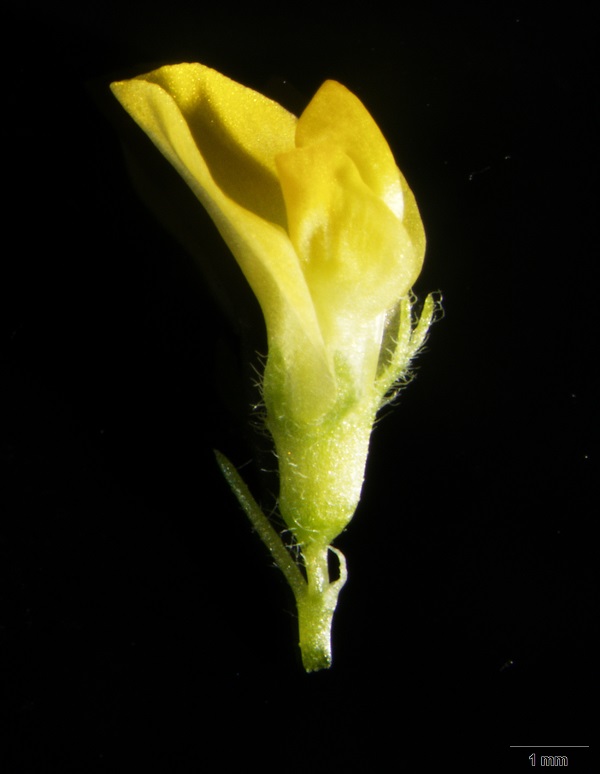Legumes are the second largest economic crops, providing the major sources of plant proteins and oils for human and animals. The model legume Medicago truncatula, is autogamous similar to most of the leguminous crops, but its anther development has not been studied.
In a latest study published in New Phytologist, researchers from Xishuangbanna Tropical Botanical Garden (XTBG) have dissected the anther development of M. truncatula in detail and divided the process into 14 stages. They combined cellular, molecular, biochemical and evolutionary analyses to investigate the male fertility control in Medicago truncatula.
The researchers not only characterized the complete male sterility mutant empty anther1 (ean1) but also reconstructed the evolutionary history of the basic helix-loop-helix (bHLH) family with emphasis on those involved in the tapetum development.
The tapetum, which is the innermost sporophytic cell layer of the anther wall and envelops the developing microspores, plays an essential role in providing nutrition to microspores, regulating sporogenesis and the pollen wall development. Abnormal development of the tapetum leads to male sterility.
Based on phylogenetic and expression analyses, the researches revealed that EAN1, encoding a tapetum-specific bHLH transcription factor, belonged to the subfamily II, which together with the subfamily III (a+c)1 constituted two evolutionarily conserved bHLH subfamilies required for tapetum degeneration.
Moreover, a heterodimerization mechanism between subfamily II and III (a+c)1 bHLHs was found to be conserved among different species of angiosperms.
Exploring accessible DNA resources, the researchers reconstructed the origin of the two subfamilies during the divergence of land plants. They found that the bHLH family expanded in land plants, and almost all bHLH subfamilies occurring inland plants were also present in M. truncatula. Among these, all the tapetum-associated bHLH members were well clustered in the subfamilies II and III (a+c)1. This pattern indicated a concomitant evolution of these transcription factors and the divergence of land plants.
“Our study provides strong evidences to suggest that two distinguishable bHLH subfamilies II and III (a+c)1 presenting in all land plants are core components in the regulation of tapetum degeneration with a conserved heterodimerization mechanism,” said Prof.CHEN Jianghua, principal investigator of the study.
Contact
CHEN Jianghua Ph.D Principal Investigator
Key Laboratory of Tropical Plant Resources and Sustainable Use, Xishuangbanna Tropical Botanical Garden, Chinese Academy of Sciences, Menglun 666303, Yunnan, China
E-mail: jhchen@xtbg.ac.cn

Mature flower of Medicago truncatula (image by HE Liangliang)

